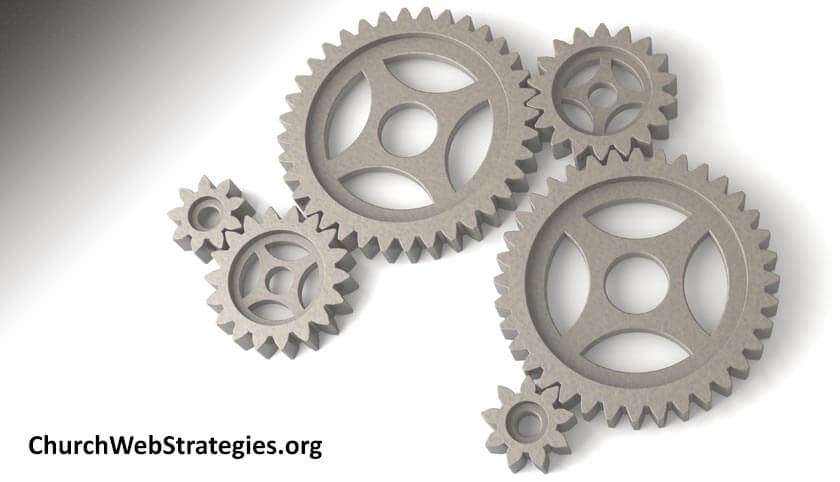If you decide to sell items on your church website, there are several e-commerce principles you can apply that do not require much regular intervention. I hope that last week I did not scare you off with the previous article on curated suggestions. Rest easy that these automatic product suggestions are defined once and should run indefinitely with only minimal oversight. I believe they can still generate some serious revenue as you offer product suggestions based on your church’s sales data.
Several factors can drive showing a product suggestion on a page. Both from a strategic desire to up-sell and cross-sell, and a way to guide your customers to the products they want. Yet it often does not make sense for churches to have a robust e-commerce engine. Therefore these automated product suggestions may be an easier solution to direct customers to a product they are willing to purchase. That is where completely automatic suggestions come into play. As with the previous article, I will use a Bible as a product example; as I consider it something all churches would agree they may want to sell.
Examples of Automatic Product Suggestions
- Most Popular by Purchases: This refers to the number of times a Bible was purchased. Note that this does not refer to the total number of books purchased, just how often someone bought that particular Bible. This is a great way to keep bulk orders from skewing the results of a popular version or translation you offer. Depending on the category you are constricting it to; you can show this on any page, from storefront to item detail.
- Most Popular by Volume: This of course would refer to the sheer number of Bibles sold. While one bulk order could sway the numbers, you may feel this is a more accurate depiction of the most popular Bible sold at your church. This has the same display rules as the previous; nearly any page can benefit from a most popular items listing.
- People Also Viewed: People do not always purchase on the first visit. They often jump between a few choices, comparing what features that Bible has, and do it over the course of a few visits. They may ask, is it a study Bible? Does it have side margins for taking notes? What translation do I like the most? Do the dimensions fit in my tote bag? Will the cover my mom made me fit it? Your analytics reports should help you determine what the various click paths were during a visit. This mostly makes sense on an item detail page; where you are comparing what products were viewed in addition to the one they are currently looking at.
- People Also Bought: This is where the Bible accessories I mentioned in the previous article can hopefully be brought into the fold. Bookmarks, book lights, covers, reading plans, and other accessories should start populating this component. It is a great way to up-sell to your audience; especially if they know that this was not suggested directly by you, but voted on by other people’s wallets. This makes sense on the item detail page, but also consider displaying it after someone adds an item to their cart. It might make a great follow-on conversion point.
Action Item: If your website’s eCommerce platform cannot handle all of the tagging and linking a curated product suggestion engine requires; perhaps a more automated approach will work. See where your sales data and analytics can integrate with your website and create some easy suggestions that help both your users and your revenue. Your church website store will most likely not be a major source of income, but it may be the difference in affording that new feature your congregation has been wanting to implement.
Image courtesy of stock.xchng

